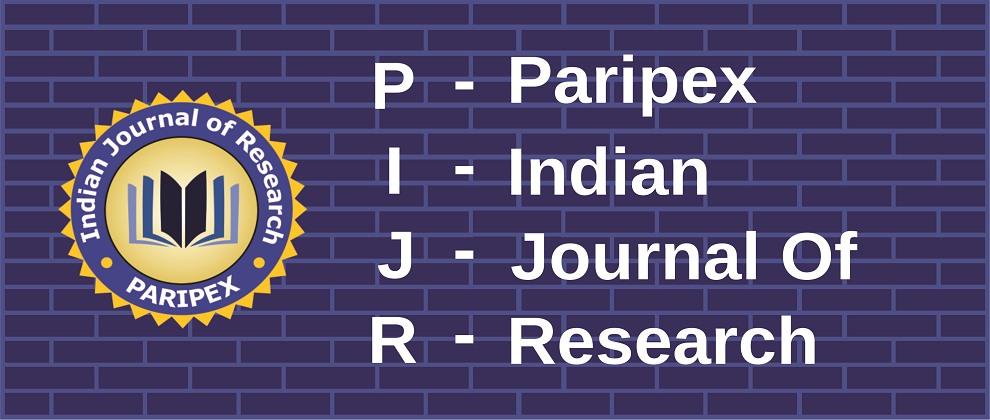Volume : VII, Issue : II, February - 2018
Invasive fungal infections in respiratory intensive care unit: epidemiology and risk factors
Akashdeep Singh, Navdeep Singh, Deepinder Chinna
Abstract :
Background: Invasive fungal infections (IFA) are a growing problem in critically ill patients and these infections carry a high attributable mortality and morbidity. The incidence of fungal infections has increased considerably over the last several years.
Aims: The present study was intended to describe the epidemiology and risk factors associate with fungal infections/ colonization in a respiratory intensive care unit (ICU) of a tertiary care teaching hospital.
Settings and Design: All consecutive adult patients (≥ 18 years) admitted to respiratory ICU of the institution from January 2015 to December 2016 were surveilled for fungal infection or fungal colonization.
Material and methods: All patients with positive fungal isolates from any of the biological samples viz. blood, body fluids, respiratory samples, urine, pus, fine needle aspiration cytology and surgical drain fluid, either on admission or during stay were enrolled. For every positive fungal isolates the information pertaining to demographics, clinical, radiological and microbiological data was collected on a predesigned structured performa.
Results: During this period a total of 3140 patients were admitted to respiratory ICU. Positive fungal isolates from any of the biological samples was there in 156 patients, of which 72 (46.2%) had invasive fungal infection, and 84 (53.8%) had fungal colonization. The incidence of fungal infections in our intensive care units was 22.9 cases per 1,000 admissions in our study. The risk factors significantly (p<0.05) associate with IFI included use of oad spectrum antibiotics, mechanical ventilation, central venous catheterization, diabetes mellitus and malignancy.
The most common fungus isolated in patients with invasive fungal infections was Candida spp. in 54 (75%) patients, followed by Aspergillus spp. (22.2%). Among the Candida isolates C. tropicalis (38.9%) was most common and among the molds A. flavus (59.1%) was most common The most common specimens yielding IFI were blood (58.3%) followed by tissue cultures (26.4%) from various sites
Conclusion: Candidemia was the most frequent IFI in respiratory ICU patients. Candida non albicans were the most frequent isolates with C. tropicalis being the most common. Broad spectrum antibiotic use, diabetes mellitus, mechanical ventilation and malignancy were significantly associated with invasive fungal infections.
Article:
Download PDF
DOI : https://www.doi.org/10.36106/paripex
Cite This Article:
Akashdeep Singh, Navdeep Singh, Deepinder Chinna, Invasive fungal infections in respiratory intensive care unit: epidemiology and risk factors, PARIPEX‾INDIAN JOURNAL OF RESEARCH : Volume-7 | Issue-2 | February-2018
Number of Downloads : 706
References :
Akashdeep Singh, Navdeep Singh, Deepinder Chinna, Invasive fungal infections in respiratory intensive care unit: epidemiology and risk factors, PARIPEX‾INDIAN JOURNAL OF RESEARCH : Volume-7 | Issue-2 | February-2018


 MENU
MENU

 MENU
MENU


